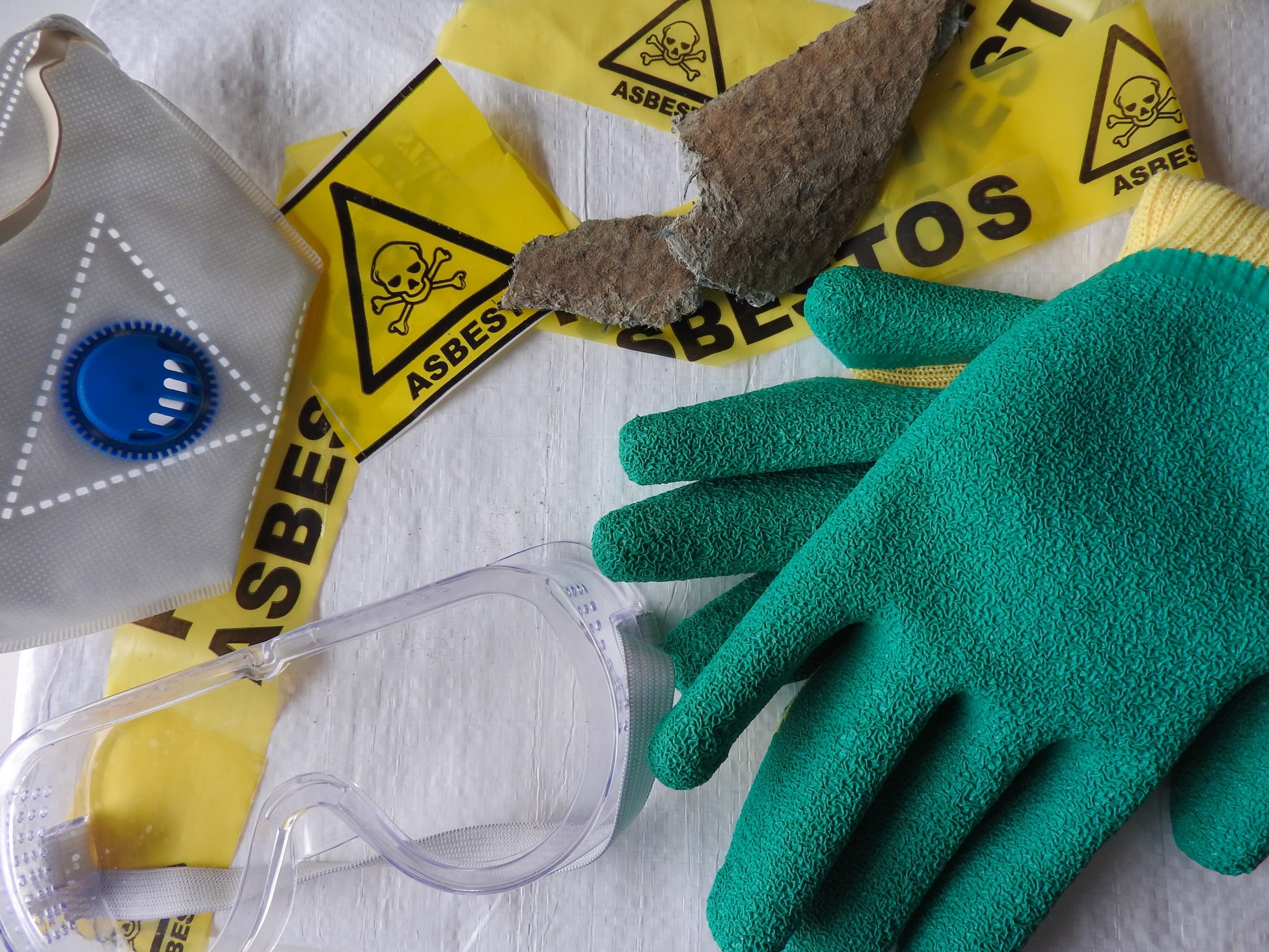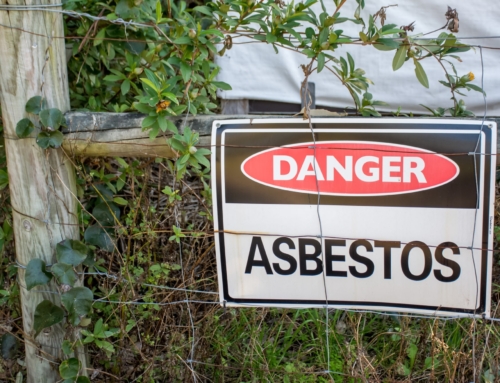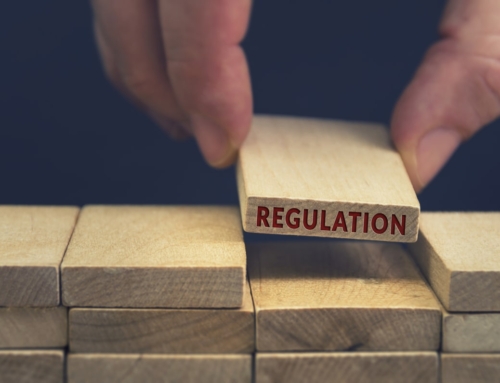Once chosen for its durability and heat-resistant properties, the health risks surrounding asbestos-containing materials (ACMs) became well known by its total UK ban in 1999. While they remain stable and undamaged, many ACMs in older homes and buildings are still untouched to this day. However, if you’re considering an asbestos removal, safety is paramount.
Planning work with asbestos is a serious matter, and you’ll need to think about the strict regulations for the handling and disposal of this hazardous material. While the allure of DIY projects is often tempting, never cut corners with asbestos removal.
Here’s everything you need to know about whether removing asbestos yourself is a good idea.
Why is asbestos dangerous?
The annual Global Asbestos Awareness Week is a campaign highlighting the ongoing dangers of asbestos. While it was once used in a variety of common construction materials, asbestos fibres were soon found to be extremely harmful when inhaled, causing severe respiratory diseases like asbestosis, lung cancer and mesothelioma.
The danger lies in the microscopic fibres released if asbestos-containing materials are disturbed or damaged. The fibres remain in the air for long periods and, when breathed in, will lodge in the lungs and other tissues, causing inflammation and scarring. Asbestos-related diseases can sometimes take decades to show, so even if you seem okay after the initial exposure, you can get health problems many years later.

Who can remove asbestos?
In the UK, asbestos removal is highly regulated. The Health and Safety Executive (HSE) details the difference between licensable and non-licensable work. The highest-risk forms of asbestos handling and removal should only be undertaken by a licensed contractor. They’ll have undergone extensive training to safely manage the process without risking public health.
Should you ever sample or remove asbestos yourself?
No. While there are lower-risk ACMs that you might be tempted to handle, we would strongly advise against ever removing asbestos yourself. Without proper training and equipment, you could inadvertently release asbestos fibres into the air, endangering yourself and others.
Improper asbestos handling can also make future removal efforts more dangerous and costly, so it’s best to get professional asbestos support from day one. Even if you’ve been told you need asbestos sampling before a removal, leave this to the experts.
What are the rules surrounding asbestos removal?
The Control of Asbestos Regulations 2012 outlines the responsibilities of anyone managing or working with asbestos. They cover the need for good risk assessments, extensive training and proper control measures like wearing PPE (personal protective equipment).
Asbestos waste disposal is heavily regulated, requiring the disposal of ACMs at licensed facilities. Certain types of asbestos removal are also notifiable to the HSE at least 14 days before the work starts.
Need a professional asbestos removal? Contact us
We’re fully licensed to test, handle and dispose of asbestos safely. We operate across London, Surrey and the Home Counties, including asbestos removal in Hersham and High Wycombe.
For more advice, contact Goodbye Asbestos.




